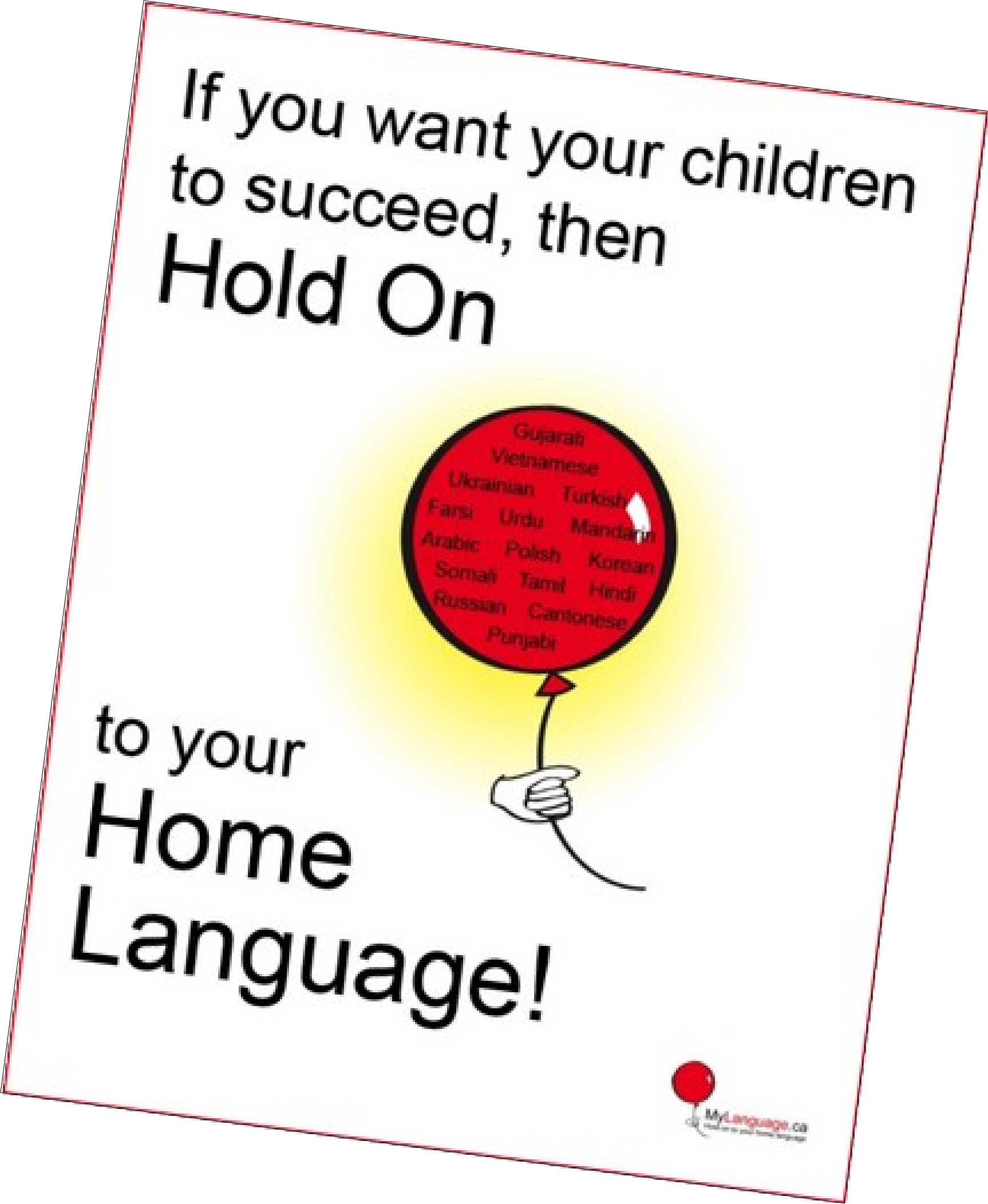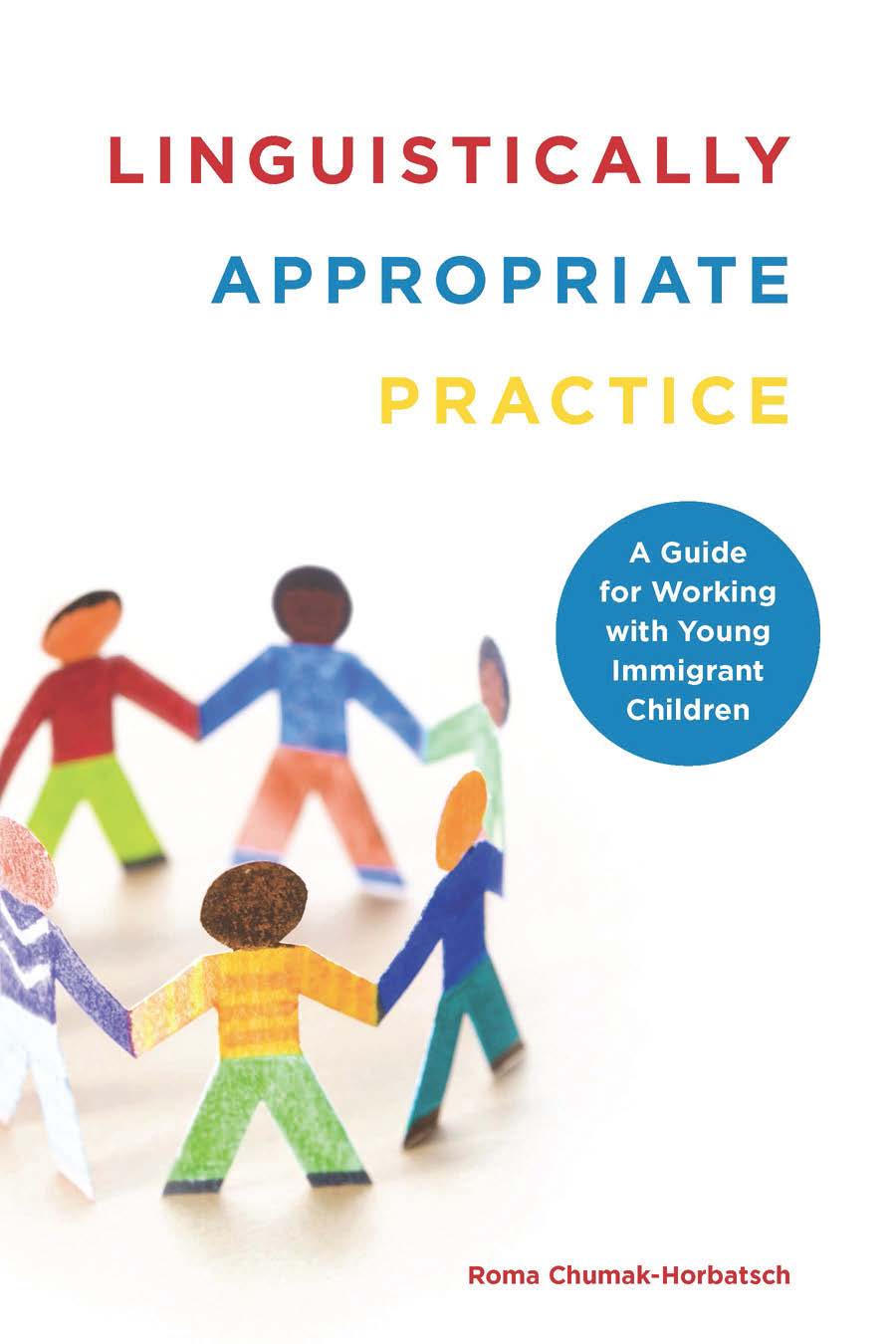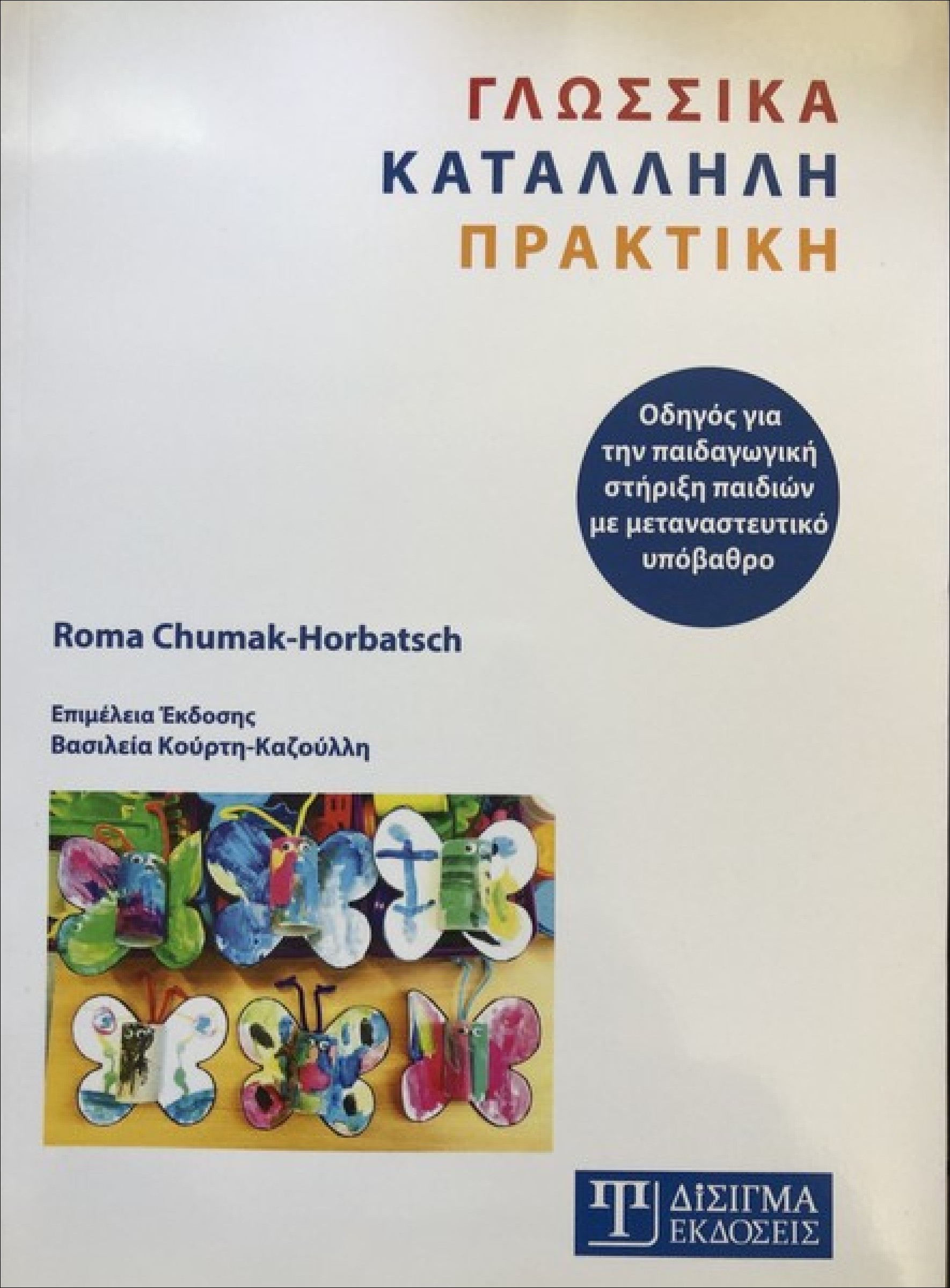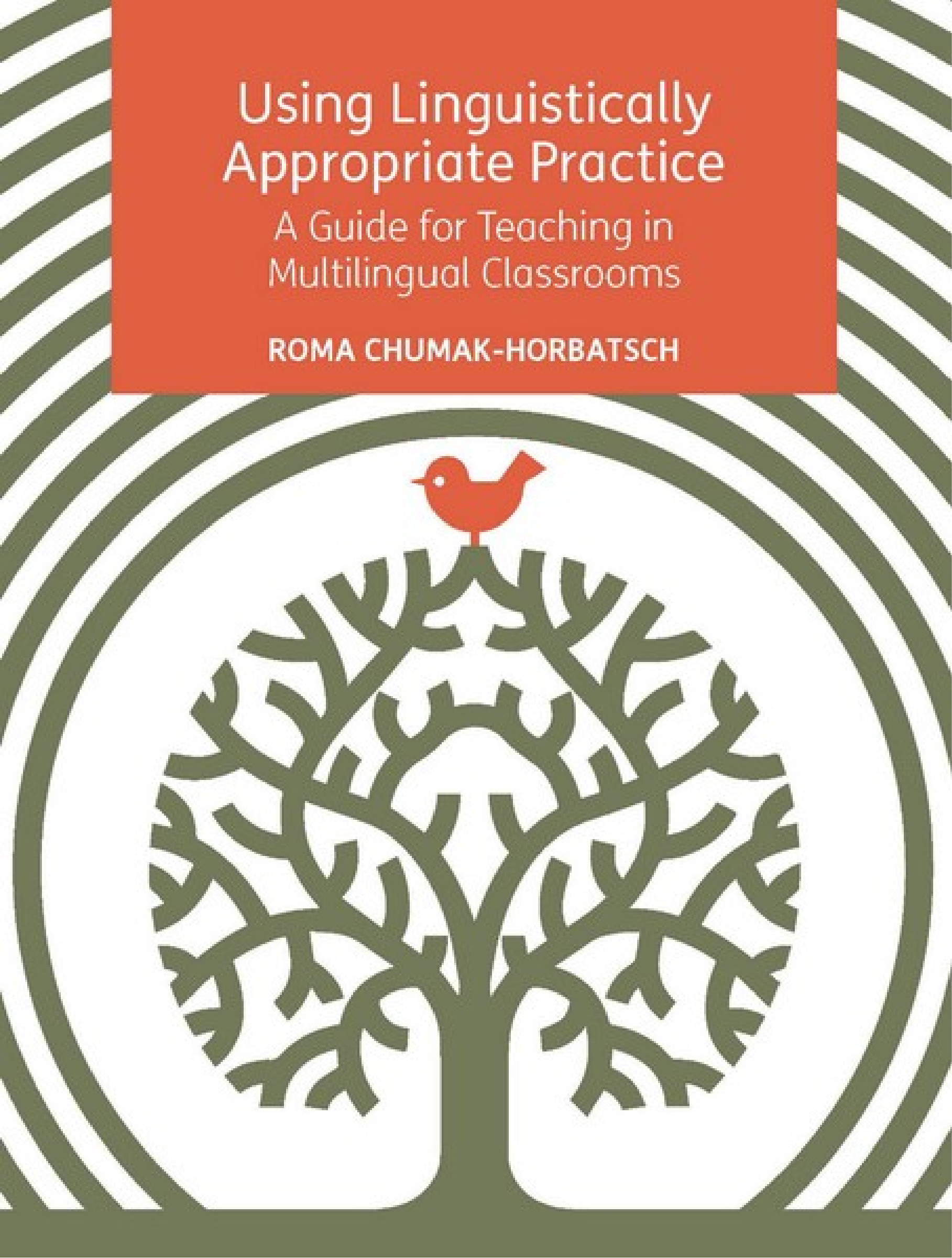This short, eight-page, brightly colored brochure is prepared especially for teachers and parents. It is available in 30 languages, (Arabic, Bahasa Indonesian, Chinese, Czech, Dutch, English, Farsi, Filipino, French, German, Gujarati, Hebrew, Hungarian, Icelandic, Italian, Japanese, Korean, Norwegian, Polish, Portuguese, Punjabi, Romanian, Russian, Slovak, Somali, Spanish, Tigrinya, Turkish, Ukrainian, and Urdu) and provides the following information in an easy-to-read format:
- importance of home languages;
- reasons for maintaining the home language;
- the advantages for children who use two languages;
- how two languages work together;
- speaking the home language will not confuse children.





